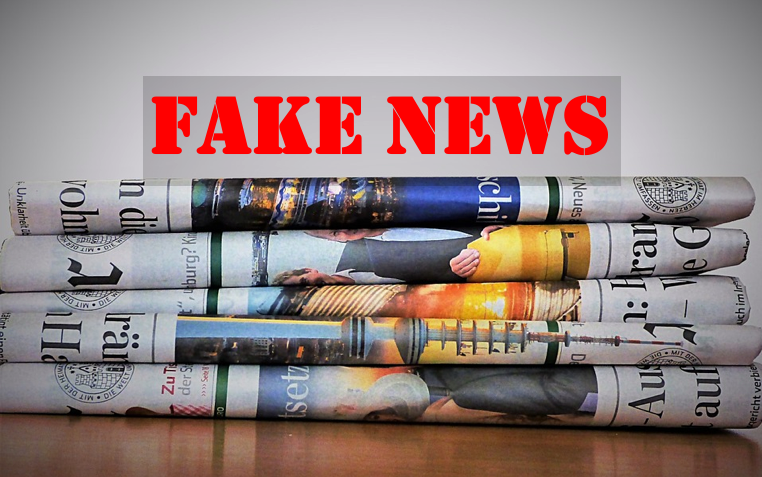Wednesday's (Jan. 10) parliament sitting saw the debate on the motion to set up a Select Committee to study the problem of online fake news or "deliberate online falsehoods".
During the debate, two examples of fake news in their previous incarnation - misinformation with foreign agenda in 1970s Singapore came up.
According to Home Affairs and Law Minister K Shanmugam and Minister for Communications and Information Yaacob Ibrahim, the papers involved were The Eastern Sun and The Singapore Herald.
Both newspapers, which ran on foreign funding, were thought to be involved in "black operations" to subvert and destabilise Singapore through the biased news that they published.
In fact, it wasn't just these two publications that were found to be purveying misleading news to the Singaporean public. Three locally operated publications were taken to task in 1971 for "black operations" -- The Eastern Sun, The Singapore Herald, and Nanyang Siang Pau.
Here's a brief look at what these papers did.
The Eastern Sun
In his memoirs, The Singapore Story, founding prime minister Lee Kuan Yew gave a succinct overview of what went on with the newspaper, which ran from 1966 to 1971:
"A newspaper called the Eastern Sun was launched in 1966 by Aw Kow, the son of one of the Tiger Balm Aw brothers, known more as a playboy than a serious newspaper baron. After secret negotiations with high-ranking officials of an agency of the People's Republic of China based in Hong Kong, they lent him S$3 million. It was repayable over 5 years, with interest at the ludicrous rate of 0.1 per cent per annum. The undeclared condition was that the newspaper would not oppose the People's Republic of China on major issues and would remain neutral on minor ones. The Eastern Sun incurred heavy losses because of poor management. In 1968 it received a further subvention of S$600,000. In 1971 we exposed this "black operation" funding by a foreign power. Aw Kow admitted it was true. His outraged and humiliated editorial staff resigned, and the paper closed down."
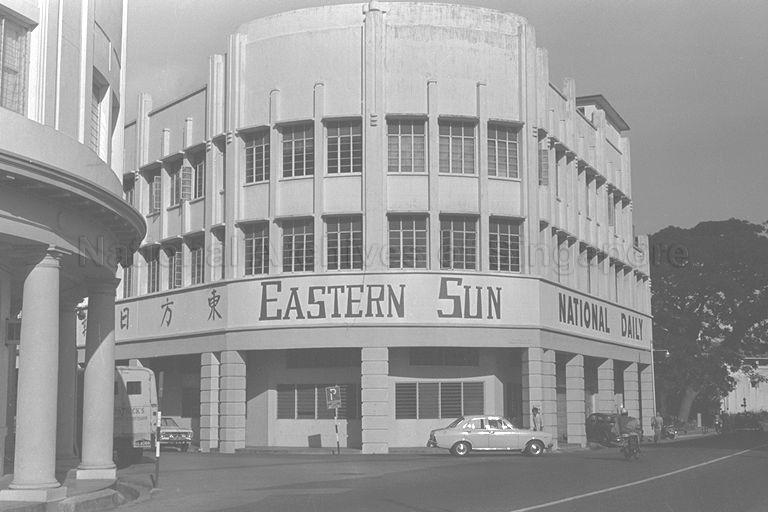 The Eastern Sun's editorial office. Source: NAS
The Eastern Sun's editorial office. Source: NAS
The Singapore Herald
A wholly foreign-owned English language newspaper that employed both Singaporeans and foreigners on its editorial team, The Singapore Herald was set up in 1970.
One of the paper's primary investors was Donald Stephens, who was the Malaysian high commissioner to Australia and former chief minister minister of Sabah.
A loss-making publication, the paper also received funding from Aw Sian, Aw Kow's sister and another offspring of the Tiger Balm brothers.
The Singapore Herald regularly published editorials and presented news on public issues that was perceived to be against the government.
In particular, it had a critical stance against national service (NS), and worked up sentiments against it by spreading misinformation.
Here's what then minister for foreign affairs and labour S. Rajaratnam said of The Singapore Herald's editorial stance on NS:
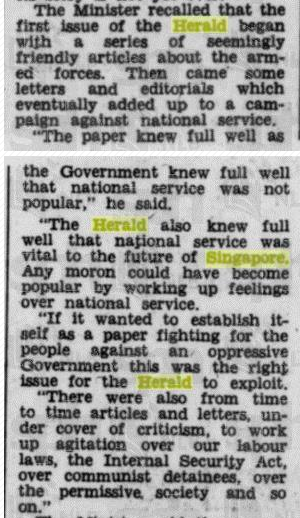 Straits Times, May 16, 1971. Source: NewspaperSG
Straits Times, May 16, 1971. Source: NewspaperSG
After a struggling financially, the government revoked The Singapore Herald's licence in May 1971, about a year after the paper started.
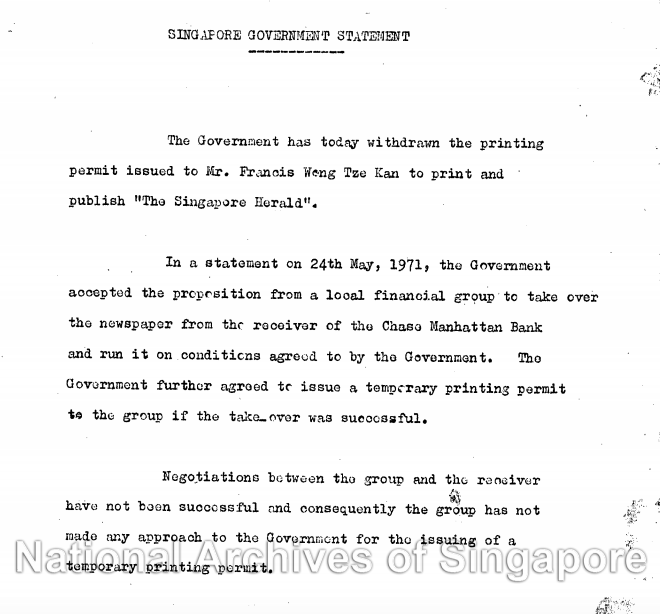 Singapore Government Press Release on May 28, 1971. Source: NAS
Singapore Government Press Release on May 28, 1971. Source: NAS
[related_story]
Nanyang Siang Pau
Chinese daily Nanyang Siang Pau was also deemed by the government to have spread misinformation in 1971.
The paper had adopted an editorial stance that glamourised the communist system and worked up the communal emotions on issues related to Chinese language and culture.
Here's what Rajaratnam said of Nanyang Siang Pau in 1971:
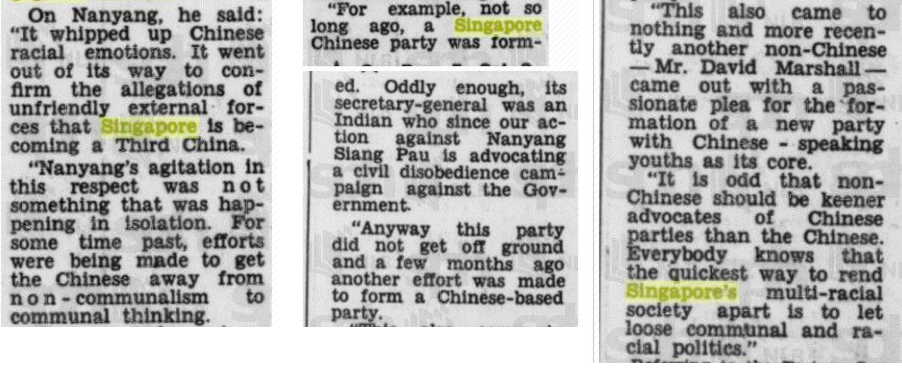 The Straits Times, May 16, 1971. Source: NewspaperSG
The Straits Times, May 16, 1971. Source: NewspaperSG
Four of the paper's top executives were detained under the Internal Security Act in 1971 for periods ranging from a few months to over two years as a result.
Unlike The Eastern Sun and The Singapore Herald, however, Nanyang Siang Pau did not fold. When the Newspaper and Printing Presses Act was amended in 1977, the paper came under a public company known as Nanyang Press Singapore (1975) Ltd.
Eventually, the public company would merge with Sin Chew Jit Poh (Singapore) Ltd and form the present day Lianhe Zaobao.
Top image adapted from pixabay.
If you like what you read, follow us on Facebook, Instagram, Twitter and Telegram to get the latest updates.
